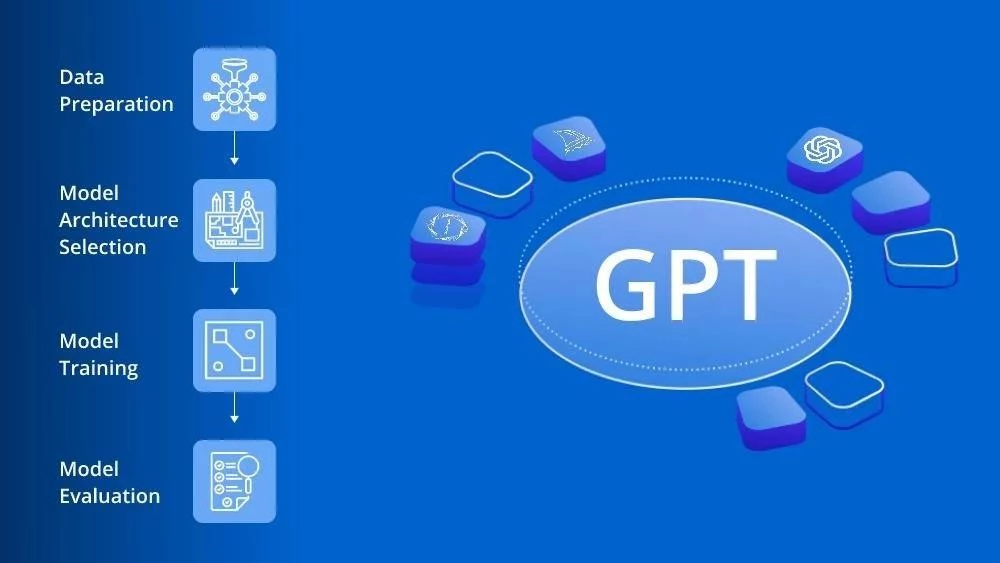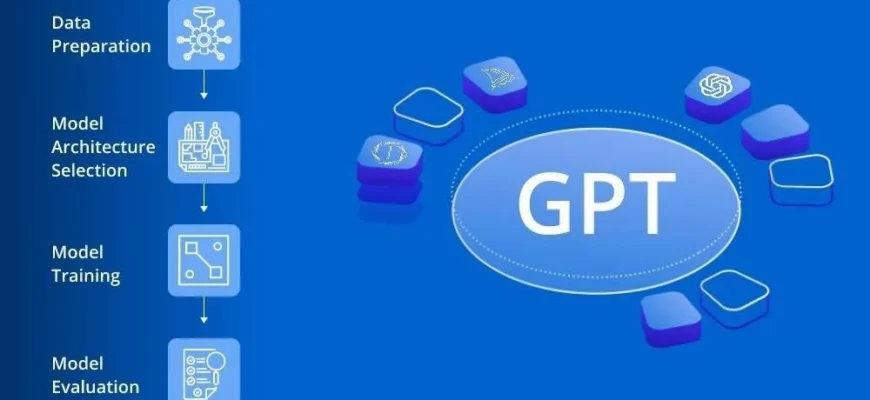In today’s data-driven world, the ability to analyze vast amounts of information efficiently and accurately is paramount. Enter the realm of advanced data analysis techniques, where the Query A L R Mean stands as a beacon for data scientists and analysts seeking to unlock deeper insights. But what exactly is the Query A L R Mean, and how can it transform your data analysis toolkit? Lets dive in.
- Understanding Query A L R Mean
- The Science Behind ALR Transformation
- Application of Query A L R Mean in Data Analysis
- Case Studies: Real-World Impacts
- Environmental Monitoring
- Financial Analysis
- Implementing Query A L R Mean Techniques
- The Future of Data Analysis
- Reimagining Data Analysis with ALR
- Diverse Applications Across Industries
- Healthcare and Epidemiology
- Marketing and Consumer Insights
- Integrating Query A L R Mean into Your Workflow
- The Road Ahead: A Data-Driven Future
Understanding Query A L R Mean
The Query A L R Mean isnt just a jargon-laden term tossed around in data science circles. It represents a sophisticated method of data querying and analysis, designed to enhance the way we interpret complex datasets. The acronym ALR typically stands for Additive Log-Ratio transformation, a statistical technique used to handle compositional data. When combined with advanced query methods, it allows for a more nuanced understanding of proportional data, making it an invaluable tool in fields ranging from environmental science to economics.
The Science Behind ALR Transformation
Compositional data, such as chemical concentrations or financial ratios, often sums up to a constant total. This constraint requires special handling to avoid misleading interpretations. The ALR transformation tackles this by converting the data into a log-ratio format, enabling analysts to perform standard statistical operations without falling into the trap of spurious correlations.
Application of Query A L R Mean in Data Analysis
When applied to querying databases, ALR transformation can significantly enhance the extraction of meaningful patterns. By integrating ALR into SQL queries or data analysis scripts, analysts can:
- Improve Accuracy: Avoid pitfalls of traditional data analysis methods by addressing the inherent dependencies in compositional data.
- Enhance Interpretability: Transform complex datasets into understandable insights, facilitating better decision-making processes.
- Streamline Processes: Incorporate ALR into automated data pipelines, ensuring consistent and reliable results across various datasets.
Case Studies: Real-World Impacts
Environmental Monitoring
In environmental science, researchers often deal with compositional data such as pollutant concentrations. By employing Query A L R Mean, they can accurately assess pollution levels and their impacts on ecosystems, leading to more effective environmental policies and interventions.
Financial Analysis
Financial analysts frequently use ratios to evaluate company performance. The ALR transformation helps in normalizing these ratios, providing a clearer picture of financial health and guiding investment decisions.

Implementing Query A L R Mean Techniques
Integrating Query A L R Mean into your data analysis workflow may seem daunting, but with the right approach, it becomes manageable:
- Education: Start by educating your team on the principles of ALR and its advantages over traditional methods.
- Tool Selection: Choose tools and software that support ALR transformation and querying, such as R or Python libraries.
- Experimentation: Begin with small-scale projects to test and refine your approach before scaling up.
The Future of Data Analysis
As data continues to grow in complexity and volume, techniques like Query A L R Mean will become increasingly crucial. By mastering these advanced methods, analysts can unlock the full potential of their data, driving innovation and uncovering insights that were previously out of reach.
In conclusion, the Query A L R Mean is more than just a technique; it’s a gateway to a deeper understanding of the data that shapes our world. Whether you’re in academia, business, or technology, embracing this approach will equip you with the tools needed to stay ahead in the ever-evolving landscape of data analysis.
As the digital age marches forward, the volume of data available to us grows exponentially. Within this vast sea of information lies the potential for groundbreaking insights, provided we have the right tools to harness them. One such tool, the Query A L R Mean, is revolutionizing how we interpret data, paving the way for a more informed and strategic future.
The Additive Log-Ratio (ALR) transformation, a cornerstone of the Query A L R Mean technique, addresses one of the core challenges in data analysis: the misinterpretation of compositional data. By transforming data into log-ratio formats, ALR provides a clear and unbiased view of the underlying structures within datasets.
Imagine being able to peel back the layers of complexity in your data, revealing the hidden interdependencies that traditional analysis might miss. This is the promise of ALR—a method that not only refines our approach to data but also enhances the accuracy of our conclusions.
In the realm of public health, the ability to accurately assess and interpret data is crucial. With Query A L R Mean, epidemiologists can better understand the spread of diseases, identify risk factors, and devise more effective intervention strategies. By transforming raw health data into actionable insights, we can improve health outcomes on a global scale.
The business world, too, stands to benefit from the advanced capabilities of Query A L R Mean. Marketers can dive deeper into consumer data, uncovering patterns and preferences that inform more targeted and effective campaigns. By understanding the nuances of consumer behavior, businesses can tailor their strategies to meet the needs of their audience more precisely.
For those looking to integrate Query A L R Mean into their data analysis arsenal, the path is straightforward:
- Training and Development: Invest in training sessions or workshops to familiarize your team with the nuances of ALR transformation and its applications.
- Tool Utilization: Utilize data analysis tools and software that support ALR, ensuring your team can seamlessly incorporate this technique into their existing workflows.
- Iterative Testing: Begin with pilot projects to test the effectiveness of Query A L R Mean in your specific context, iterating on your approach based on initial findings.
As we look to the future, the potential for Query A L R Mean to reshape data analysis across industries is immense. By adopting this advanced technique, we open the door to new insights, innovative solutions, and a more profound understanding of the world around us.
In a landscape where information is power, mastering tools like the Query A L R Mean is not just advantageous—its essential. As we continue to push the boundaries of what is possible with data, those equipped with the right skills and techniques will lead the charge into a new era of discovery and innovation.
So, whether youre a data scientist, an analyst, or a decision-maker, embrace the capabilities of Query A L R Mean and prepare to unlock the full potential of your data. The future is data-driven, and with the right tools, its yours to shape.
body {
font-family: Arial, sans-serif;
line-height: 1.6;
color: #333;
}
h1, h2, h3 {
color: #2a6496;
}
ul, ol {
margin: 0 0 1em 1.5em;
}
p {
margin: 0 0 1em 0;
}
As the digital age marches forward, the volume of data available to us grows exponentially. Within this vast sea of information lies the potential for groundbreaking insights, provided we have the right tools to harness them. One such tool, the Query A L R Mean, is revolutionizing how we interpret data, paving the way for a more informed and strategic future.
Reimagining Data Analysis with ALR
The Additive Log-Ratio (ALR) transformation, a cornerstone of the Query A L R Mean technique, addresses one of the core challenges in data analysis: the misinterpretation of compositional data. By transforming data into log-ratio formats, ALR provides a clear and unbiased view of the underlying structures within datasets.
Imagine being able to peel back the layers of complexity in your data, revealing the hidden interdependencies that traditional analysis might miss. This is the promise of ALR—a method that not only refines our approach to data but also enhances the accuracy of our conclusions.
Diverse Applications Across Industries
Healthcare and Epidemiology
In the realm of public health, the ability to accurately assess and interpret data is crucial. With Query A L R Mean, epidemiologists can better understand the spread of diseases, identify risk factors, and devise more effective intervention strategies. By transforming raw health data into actionable insights, we can improve health outcomes on a global scale.
Marketing and Consumer Insights
The business world, too, stands to benefit from the advanced capabilities of Query A L R Mean. Marketers can dive deeper into consumer data, uncovering patterns and preferences that inform more targeted and effective campaigns. By understanding the nuances of consumer behavior, businesses can tailor their strategies to meet the needs of their audience more precisely.
Integrating Query A L R Mean into Your Workflow
For those looking to integrate Query A L R Mean into their data analysis arsenal, the path is straightforward:
- Training and Development: Invest in training sessions or workshops to familiarize your team with the nuances of ALR transformation and its applications.
- Tool Utilization: Utilize data analysis tools and software that support ALR, ensuring your team can seamlessly incorporate this technique into their existing workflows.
- Iterative Testing: Begin with pilot projects to test the effectiveness of Query A L R Mean in your specific context, iterating on your approach based on initial findings.
The Road Ahead: A Data-Driven Future
As we look to the future, the potential for Query A L R Mean to reshape data analysis across industries is immense. By adopting this advanced technique, we open the door to new insights, innovative solutions, and a more profound understanding of the world around us.
In a landscape where information is power, mastering tools like the Query A L R Mean is not just advantageous—its essential. As we continue to push the boundaries of what is possible with data, those equipped with the right skills and techniques will lead the charge into a new era of discovery and innovation.
So, whether youre a data scientist, an analyst, or a decision-maker, embrace the capabilities of Query A L R Mean and prepare to unlock the full potential of your data. The future is data-driven, and with the right tools, its yours to shape.


The detailed explanation of compositional data and its challenges was very informative. Understanding how ALR transformation works to overcome these challenges is incredibly useful for anyone involved in data science.
This article does a great job of illustrating the practical applications of ALR in various fields. The potential for enhancing accuracy and interpretability in data analysis is truly impressive.
The explanation of Query A L R Mean is incredibly insightful. I appreciate how the article breaks down the complex concept into understandable terms and highlights its significance in data analysis.
I love how this article emphasizes the importance of accurate data interpretation. The use of Query A L R Mean seems to be a powerful tool for extracting meaningful patterns from complex datasets.
I found the section on ALR transformation particularly enlightening. It’s fascinating to see how this technique can prevent misleading interpretations in compositional data analysis.
The integration of ALR transformation into SQL queries is a game-changer for data analysts. This approach not only improves accuracy but also streamlines processes, which is crucial for efficient data handling.